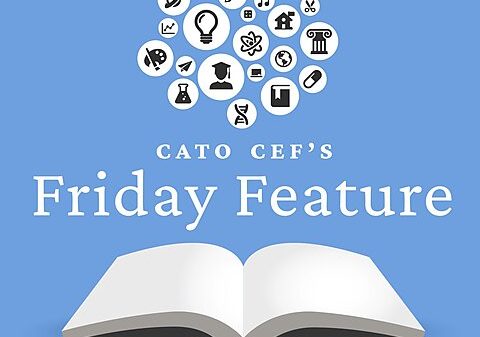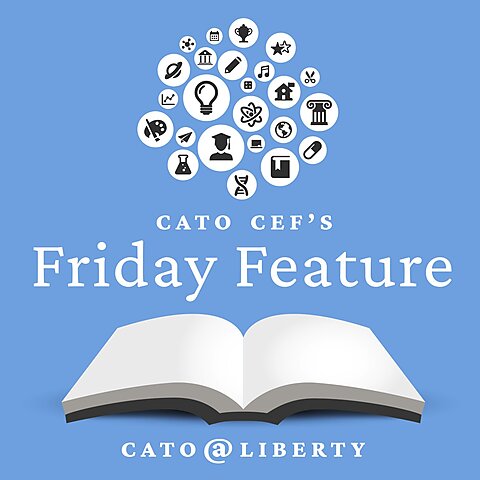“It’s the best of both worlds in my opinion,” says Jessica Peterson, director of St. Thomas Aquinas Tutorial (STAT), a part-time homeschool program in Millersville, Maryland. As a former public school teacher, she had first-hand experience with conventional schooling and found it lacking.
“I had taught for about eight years. We moved to where we are now, and I was staying at home,” she recalls. Her daughter was in second grade, and Jessica realized, “She doesn’t really need to be there for seven hours. I’m missing out on time with her, and she’s already getting a lot of homework. And I just saw this kind of hamster wheel that we were starting on even at the age of seven. And I just thought, ‘This can’t be the best thing.’”
Jessica had friends who attended Saint Thomas Aquinas Tutorial, so she looked into it and was impressed with what she saw. She says the children seemed different—free to be themselves. So Jessica and her husband decided, “We’ll try it out, and if it doesn’t work we can always go back to what we were doing.”

They loved it. Jessica became a third grade Latin tutor, which she describes as “very beginner Latin … the only one that I was willing to do.” Then she served as science tutor for grades 5–8. This year she became the director of the whole tutorial.
STAT was founded in 2011 by homeschoolers who wanted a part-time program for their kids that was rooted in the Catholic faith. It offers in-person classes on Mondays and Wednesdays for students in grades 2–8, and the children work at home the other days. After the in-person days, tutors send parents a summary of what they did in class as well as assignments for the at-home days.
The tutorial started with 26 students and has grown to 82, which is near capacity. It follows a classical approach to education and covers math, science, and the humanities, which includes literature, history, religion, and writing. Each day at STAT begins with a morning assembly and prayers followed by math. “We found that doing math all at the same time in the morning has been very helpful because different students can go to different places for whatever their math needs are,” says Jessica. They also have lunch and recess each day, as well as weekly physical education and alternating music and art classes.
“I love the hybrid model as a parent,” she says. “You get the best of classical education, but you’re also getting formation—your family culture is so much stronger. You’re having this common culture, this emphasis, and time. Not just quality time but quantity time together that you can’t really get if kids are in five-day school.”
Her daughter is now in high school five days a week, which has given Jessica even greater appreciation for the extra time they had because of the hybrid model. “She plays the piano, and that wouldn’t have happened if we were doing five-day school. We wouldn’t have had time for piano lessons. She probably would have read a quarter of the books that she’s read. You know, you just have this time to kind of sit in goodness and truth and beauty that you don’t necessarily get if you’re doing five days.”

Jessica thinks St. Thomas Aquinas Tutorial has inspired a lot of parents to consider classical education. For example, Divine Mercy Academy is a nearby classical school that was founded by parents who loved what they saw at STAT but needed a full-time option for their children. “I feel like it’s just this groundswell in this area because we see all the things that are not working well,” she says.
For anyone considering creating a hybrid school or other unconventional learning environment, Jessica thinks there are several key factors to consider. On a practical level, she says the STAT model has a low tuition but one that covers all costs so they aren’t always fundraising. Beyond that, she thinks educating people on the value of your model is crucial. For her, that means helping people understand—and appreciate—that St. Thomas Aquinas Tutorial is hybrid, so parents are homeschooling three days a week, and that it’s classical and Catholic, which drives the curricula they use.
St. Thomas Aquinas Tutorial has been a tremendous blessing to Jessica’s family, which is what inspires her to work to keep it going. “I feel like I’ve benefited so much from this and other people sacrificed so much to make it happen,” she says. “I want it to be around for the future, for other families.”

























